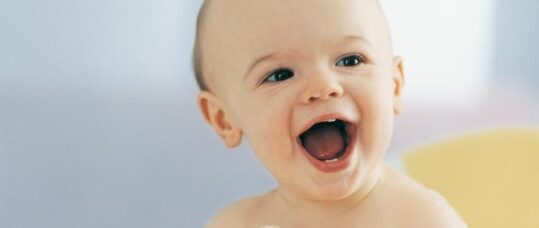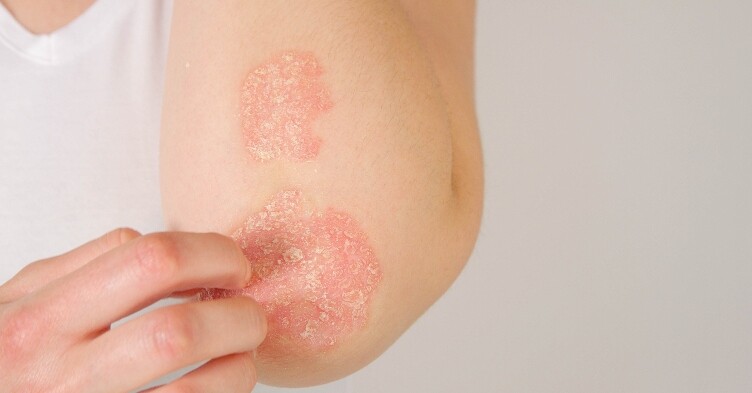Blog: Improving skin conditions in babies

One of the best things about the ante natal visit is that health visitors can do more preventive work – we can ‘stimulate the awareness of health needs’. In other words, as part of this visit inform the parent or main carer that using baby bath products, and perfumed creams and wipes is not best for a baby’s skin, no matter how nice the adverts are! The reason for this is explained below.
Since the 60’s there has been a huge rise in the incidence of dry skin conditions in infants and young children. Lots of studies link this to the use of manufactured baby skin products, but it is better explained by the fact that babies are born with an alkaline skin with a pH of 6.34, which within days drops to 4.95. This is otherwise known as the acid mantle and the full development of this protective layer takes between two to eight weeks. I have found that if I explain this to parents they are more interested in this whole issue.
Related Article: Abdominal body fat is a higher risk for developing psoriasis
This dictates that the best thing to use on your baby’s skin is just plain water as this won’t affect this protective barrier. A lot of babies have dry skin early on but if this is mild it will usually correct itself. However, if it doesn’t and parents feel it isn’t improving an alternative would be to use oil. Types that can be used include sunflower or vegetable oil as these don’t affect the pH of the skin.
Historically, olive oil has been recommended but a piece of research found that it contains oleic acid, which can prevent cracks in the skin from healing. Parents often buy all sorts of lovely baby bubble baths and creams, and also perfumed or alcohol based wipes. I usually point out that they can use them later on when their child gets genuinely dirty! Despite all of this, babies and children do develop dry skin, more commonly known as Eczema, a term used for many dry skin conditions and health visitors need to help parents manage these conditions effectively.
Often mothers have already been prescribed creams by their GP and these are usually fine to use, but GPs don’t generally have the time to explain to parents how to use them effectively but this is where health visitors can be really useful.
Related Article: CPD: Case by case – acute and emergency dermatology presentations
The golden rule is always patch test, put a bit of cream in the skin, wait 24 hours and see if the skin is sensitive to it, if there is no reaction parents can then start applying the creams.
Parents can titrate the amount of cream they use according to the dryness of their child’s skin. Sometimes children grow out of these dry skin conditions so parent can reduce the treatment and see if any dryness occurs.
Related Article: Mythbuster: ‘This patient’s ulcer swab is positive so they need antibiotics’
Generally parents need to be cautious about what they are putting on their babies skin, and especially in view of the acid mantle. We can prevent damage to the skin by informing parents and helping them to manage dry skin conditions.
Of course it goes without saying that we should also try at this first contact to convince the mother of the benefits of breastfeeding. Most dieticians would agree that there is a link between dairy products and Eczema, but of course not every child with Eczema has an allergy, again it’s about reducing the risks.

See how our symptom tool can help you make better sense of patient presentations
Click here to search a symptom


One of the best things about the ante natal visit is that health visitors can do more preventive work – we can ‘stimulate the awareness of health needs’.



